Apple TV is certainly the company's most controversial product, even though it already has quite a rich history. This is not a computer, this is not a portable device. The one who doesn't have it probably doesn't even need it, the one who already owns it must have some use for it, otherwise it just settles for dust. With the advent of smart televisions, it can only appear in numbers, so to speak.
The year was 2006 and Apple introduced its first generation Apple TV, when it started selling it in March 2007. So, as Apple TV we know it today, it was still a device called iTV, because it was on the "i" that the company built its name not only with iMacs and iPods, but of course the first iPhone was also to come. In 2008, an update was released that eliminated the need to have a TV tied to a Mac, so it became a full-fledged device with the ability to download content from iTunes, view photos, and watch YouTube videos.
Four benefits
We now have Apple TV available in two variants – Apple TV 4K and Apple TV HD. Compared to smart TVs, this is a device that allows you to install apps and games from the App Store, so it can also serve as a game console to some extent. There is also a platform Apple Arcade. However, how the games are ultimately played on the Apple TV is another story (because the controller has neither a gyroscope nor an accelerometer). Anyway, this is complemented by other important features, such as the ability to make an Apple TV the center of the household to control her smart accessories and then use for projections in conference rooms, schools, etc.
The other functions have more or less replaced smart TVs, so they offer not only the Apple TV+ platform, but above all also AirPlay, when you send content from an Apple device directly to a Samsung, LG TV, etc. Of course, this Apple smart-box has more options for using it and it provides more than a smart TV, but the question is whether you will actually use it all when your TV is already so smart. In addition, you may not find a web browser on Apple TV.
It could be interest you
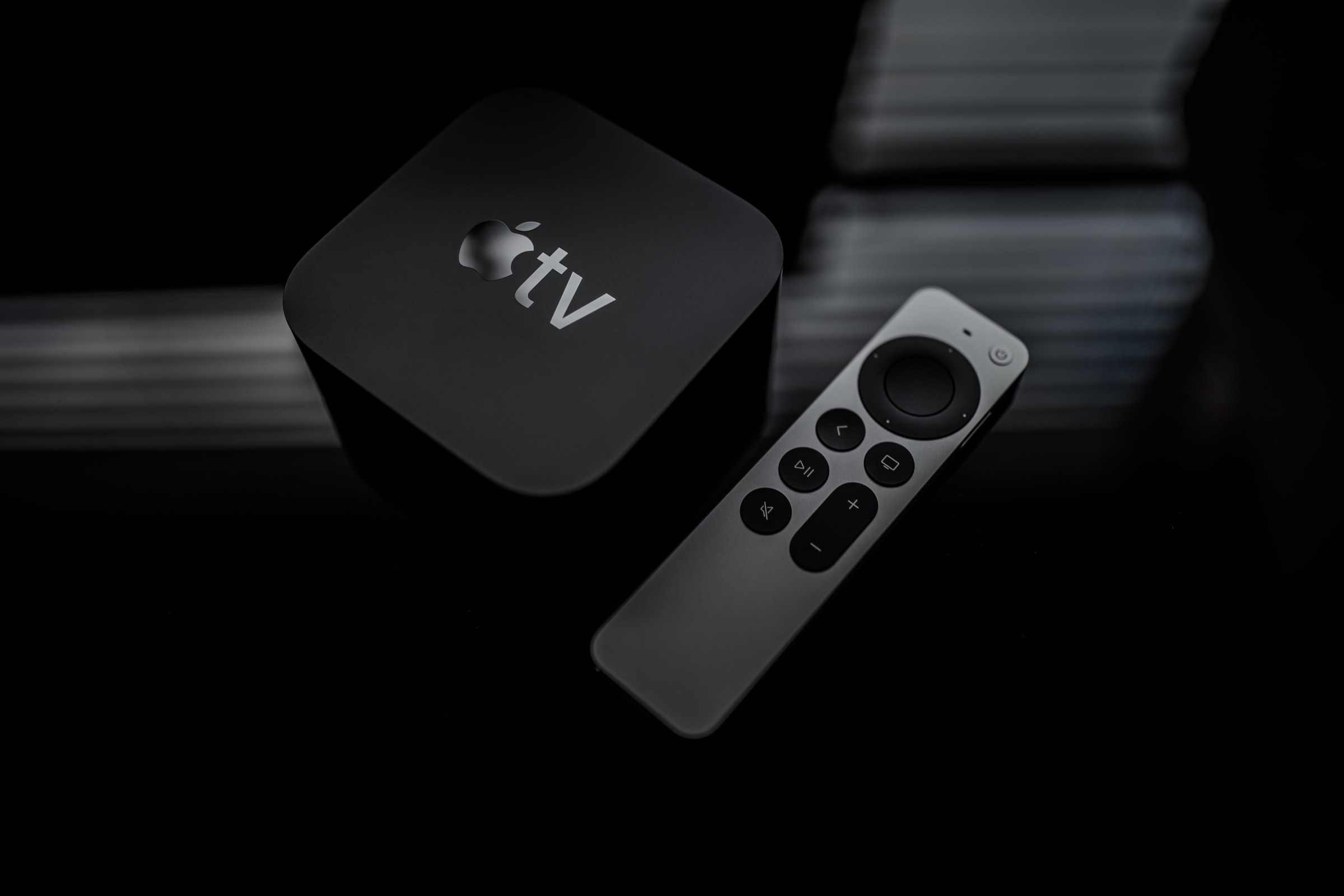
Possible directions
The future of Apple TV is very uncertain. Already last year, there were various speculations about its possible improvements, perhaps as direct ones combination with HomePod. In this case, however, it would be better to have a HomePod with Apple TV functionality, rather than the other way around. Even the HomePod can be the center of the home. The question is how much Apple can make on Apple TV. With the current duo of models, it may still exist for a while before it just stops selling and we won't see anything else in this product line.
But would anyone cry for Apple TV? I used to own it, before the 2015 version, and when I found out how much dust it had, I sent it out into the world. Not because it was a bad device, but because I just didn't know how to use it in any meaningful way. If Apple took the power and started selling its own controller, which is also actively speculated, it could be quite an interesting solution. But even so, it is still a very expensive solution.
It could be interest you
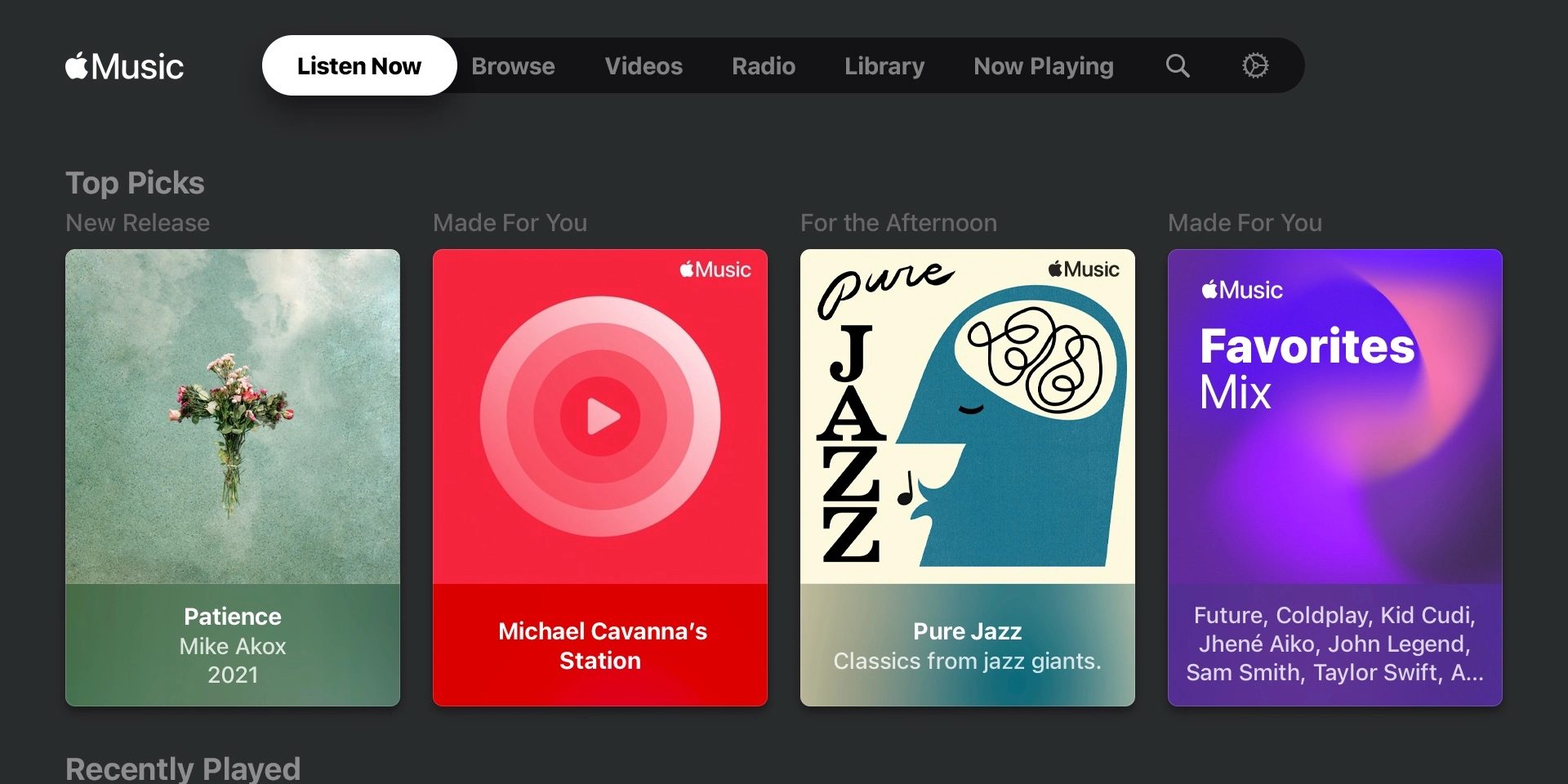
The HD version with 32GB of internal storage costs CZK 4, the 190K version starts at CZK 4, and the 4GB version costs CZK 990. You must also have an HDMI cable to connect the Apple TV to the television. And of course you have an extra controller. With how much Apple's displays cost, I certainly don't want an actual TV of its own, but it wouldn't be out of place to tie up with some companies even more and integrate more Apple TV services into them. It wouldn't help smart-box sales, that's for sure, but users would get Apple's ecosystem on other devices as well, which could appeal to them a little more, and of course they'd be taken under the wing of not only Apple One subscriptions.
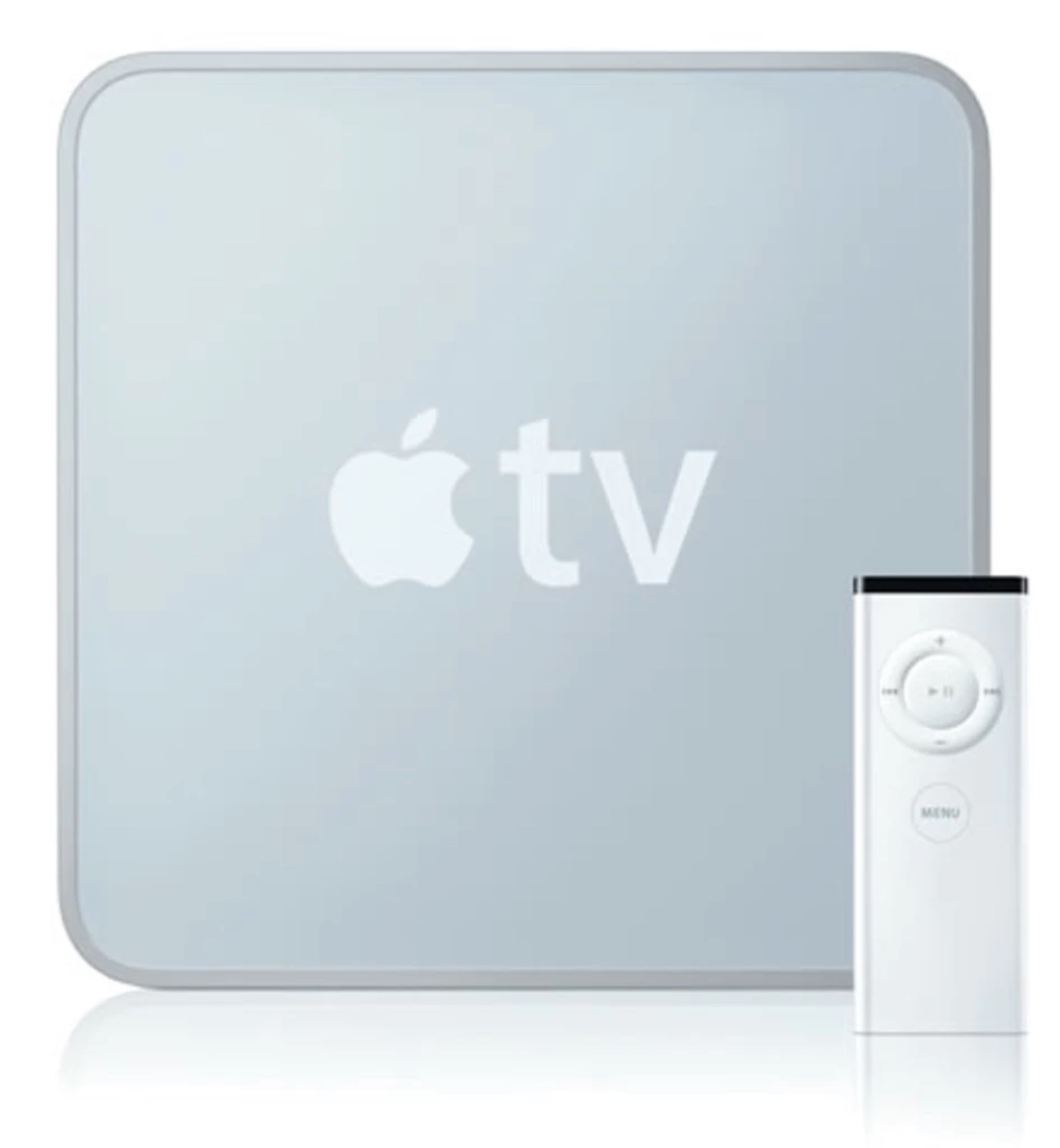
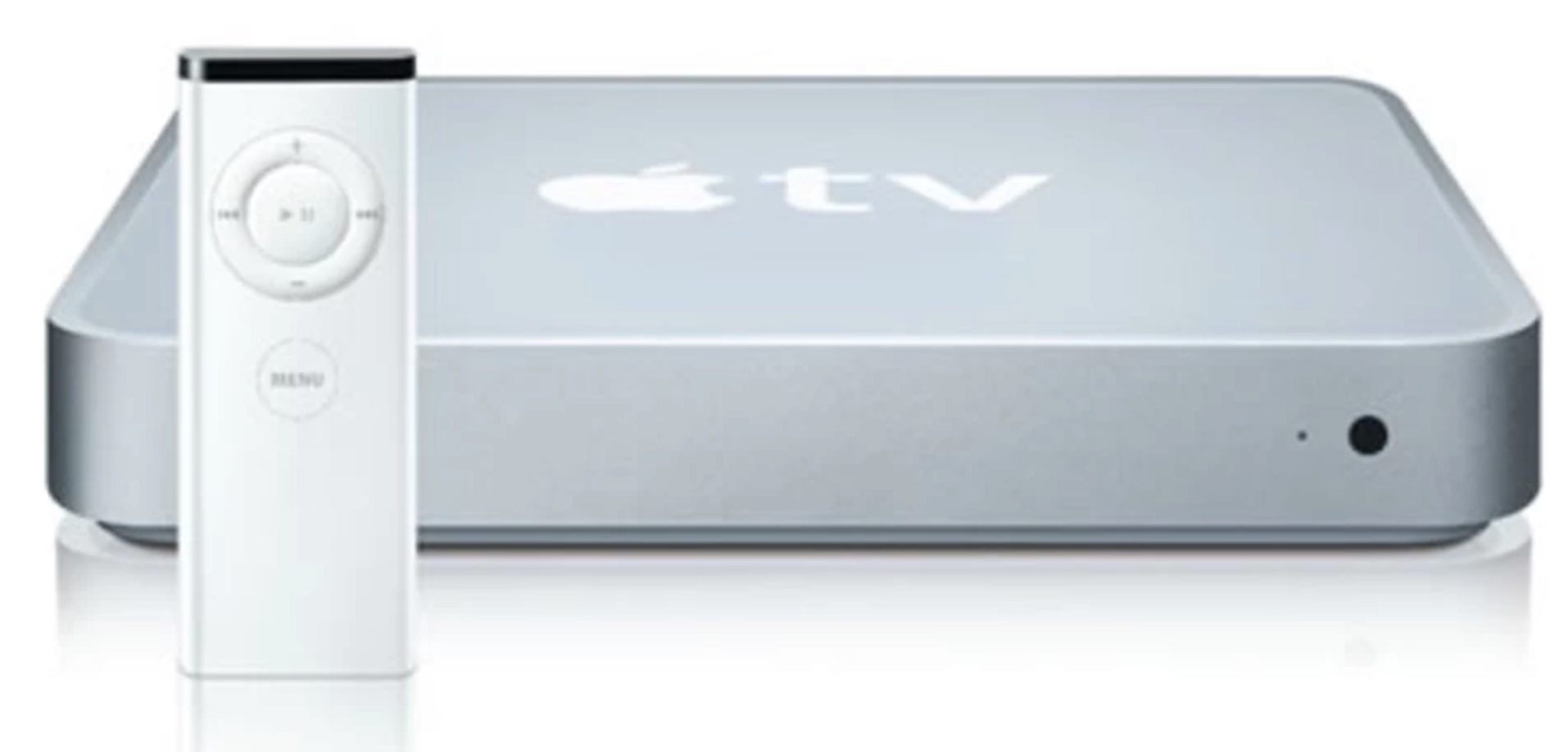


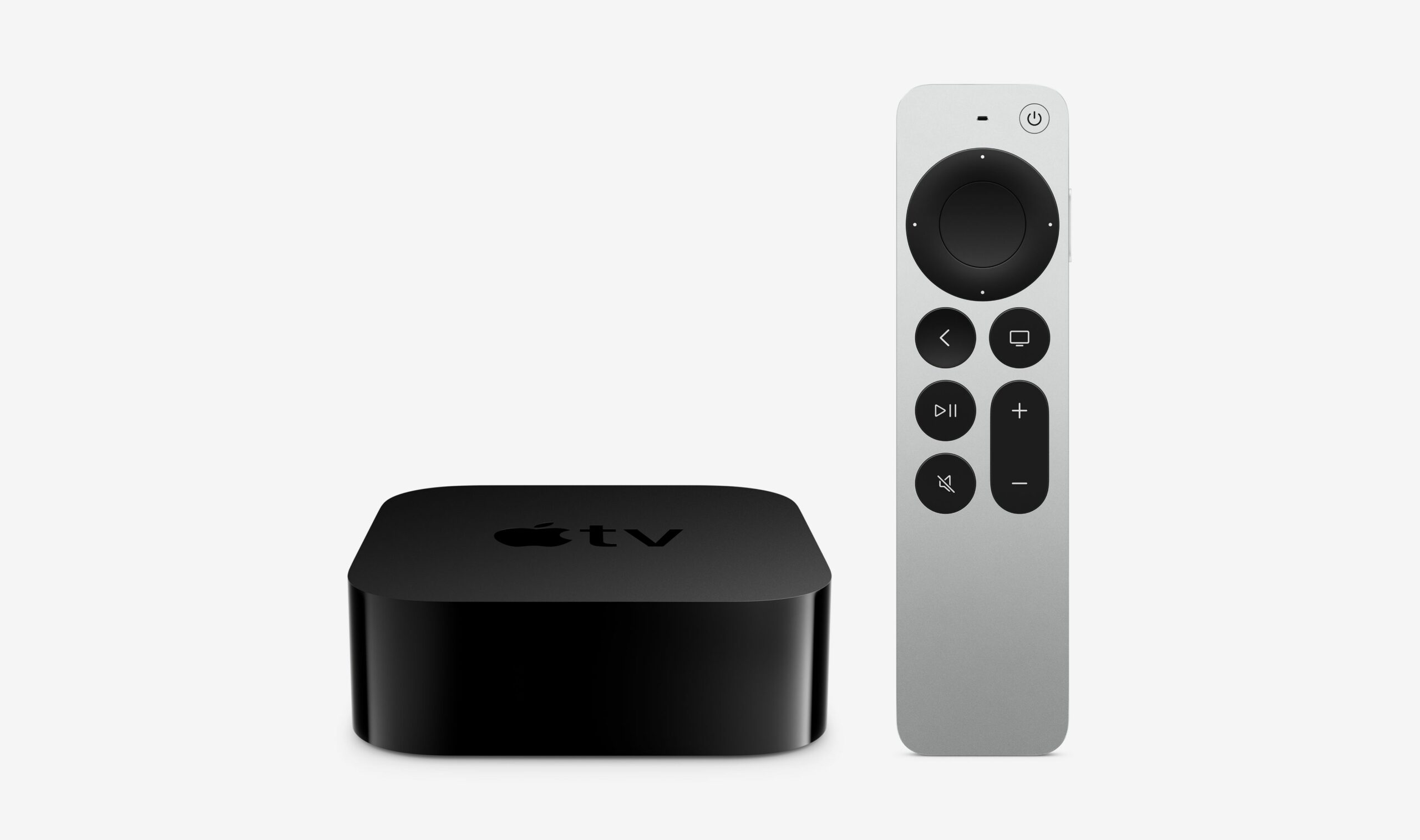
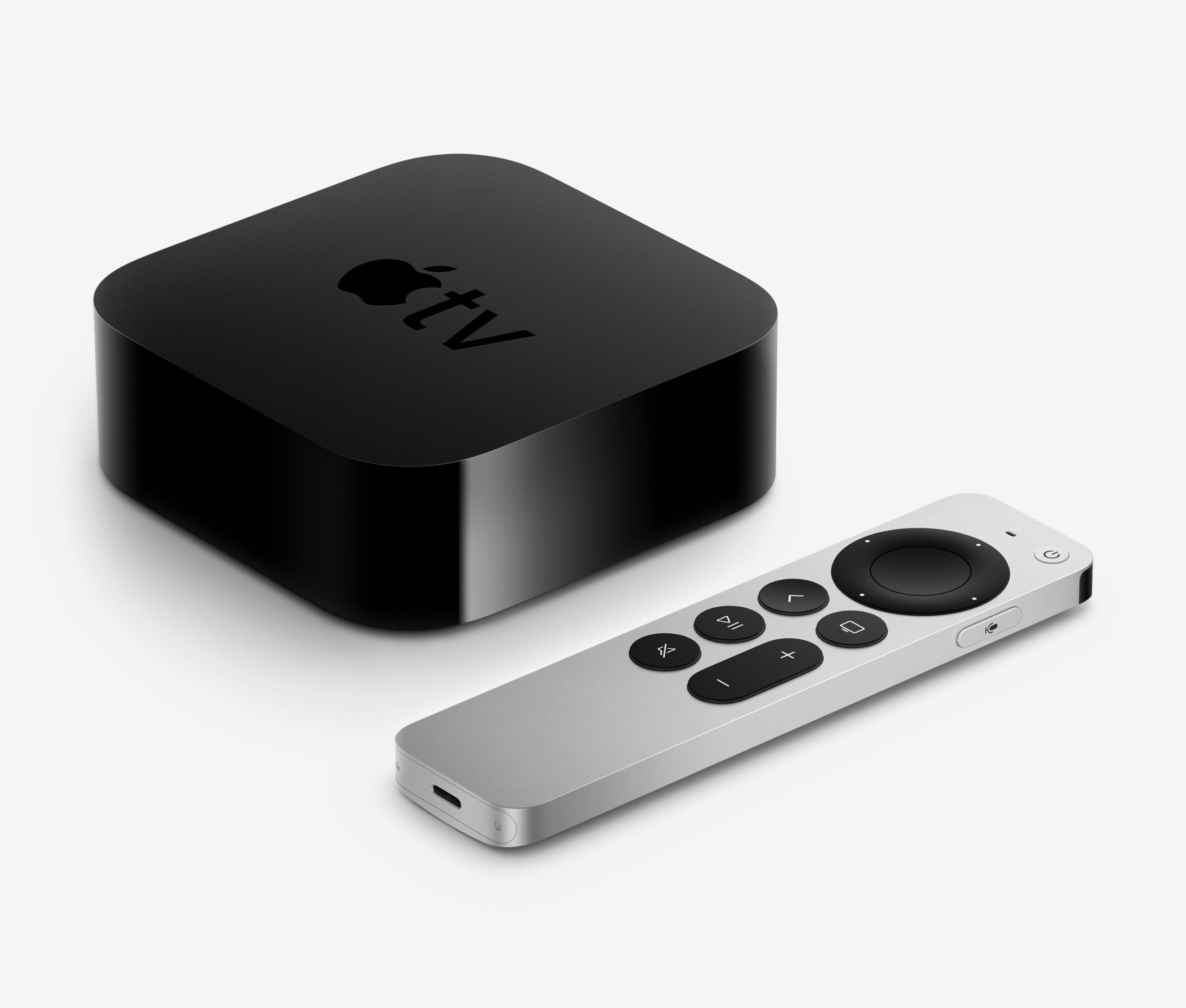
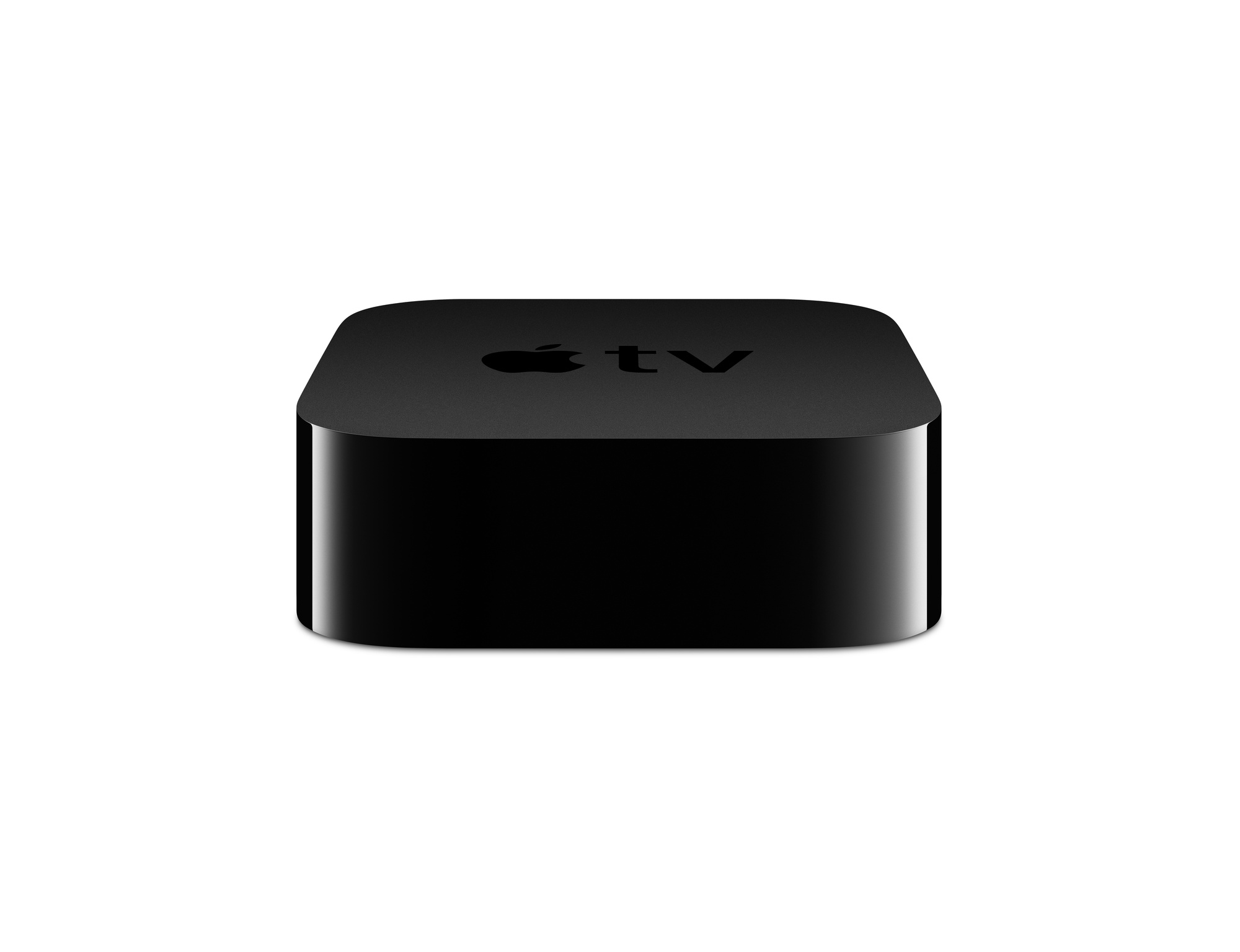
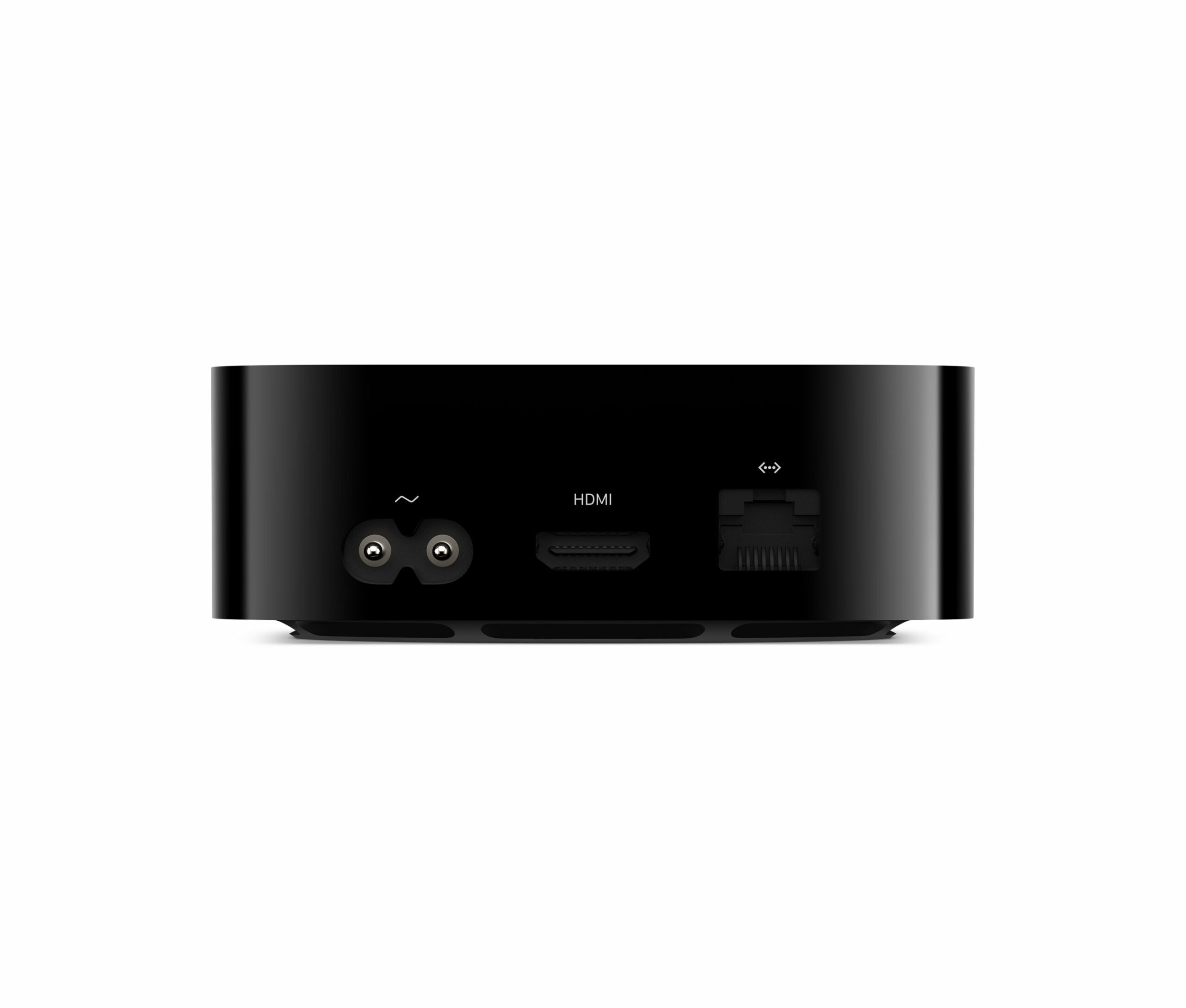

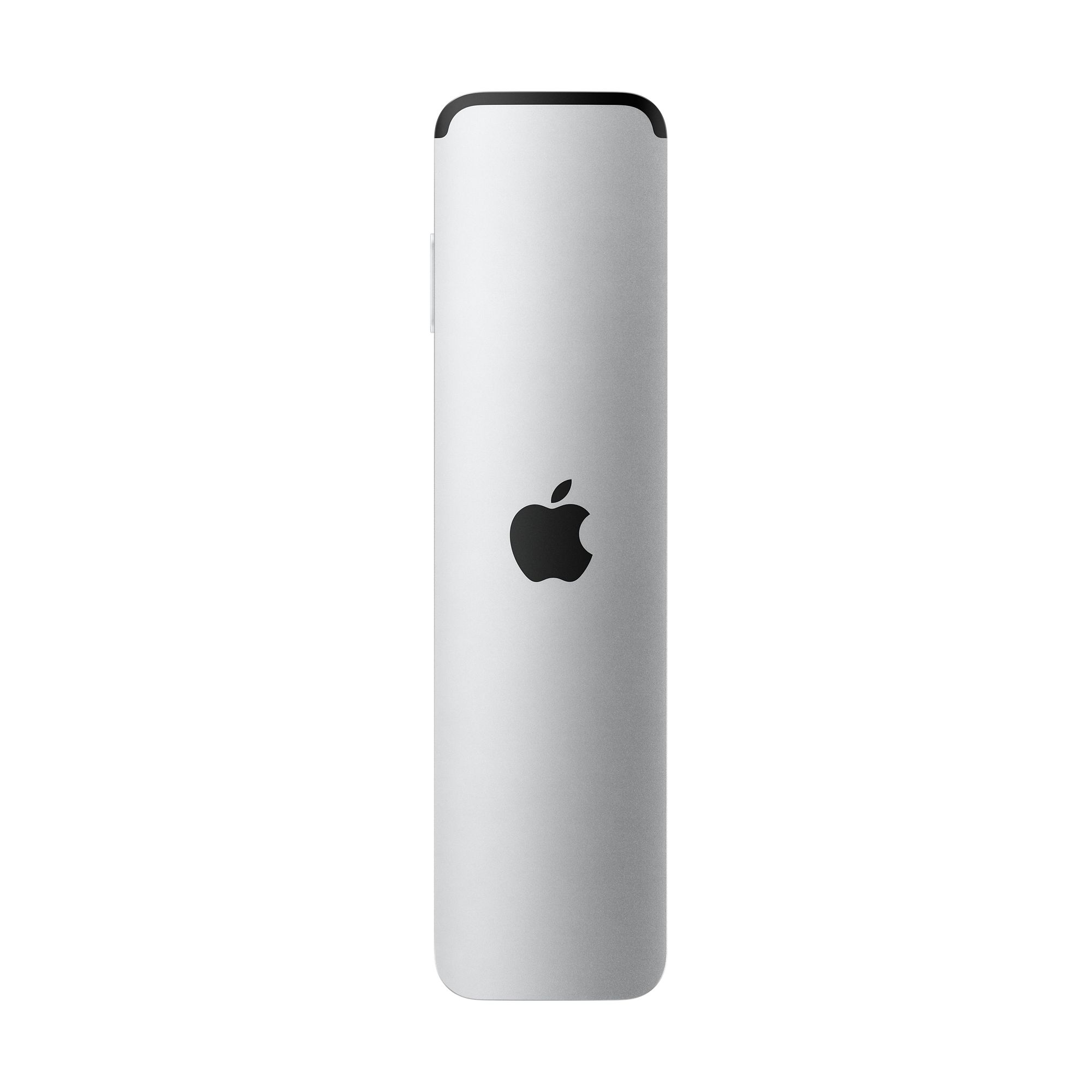
 Adam Kos
Adam Kos 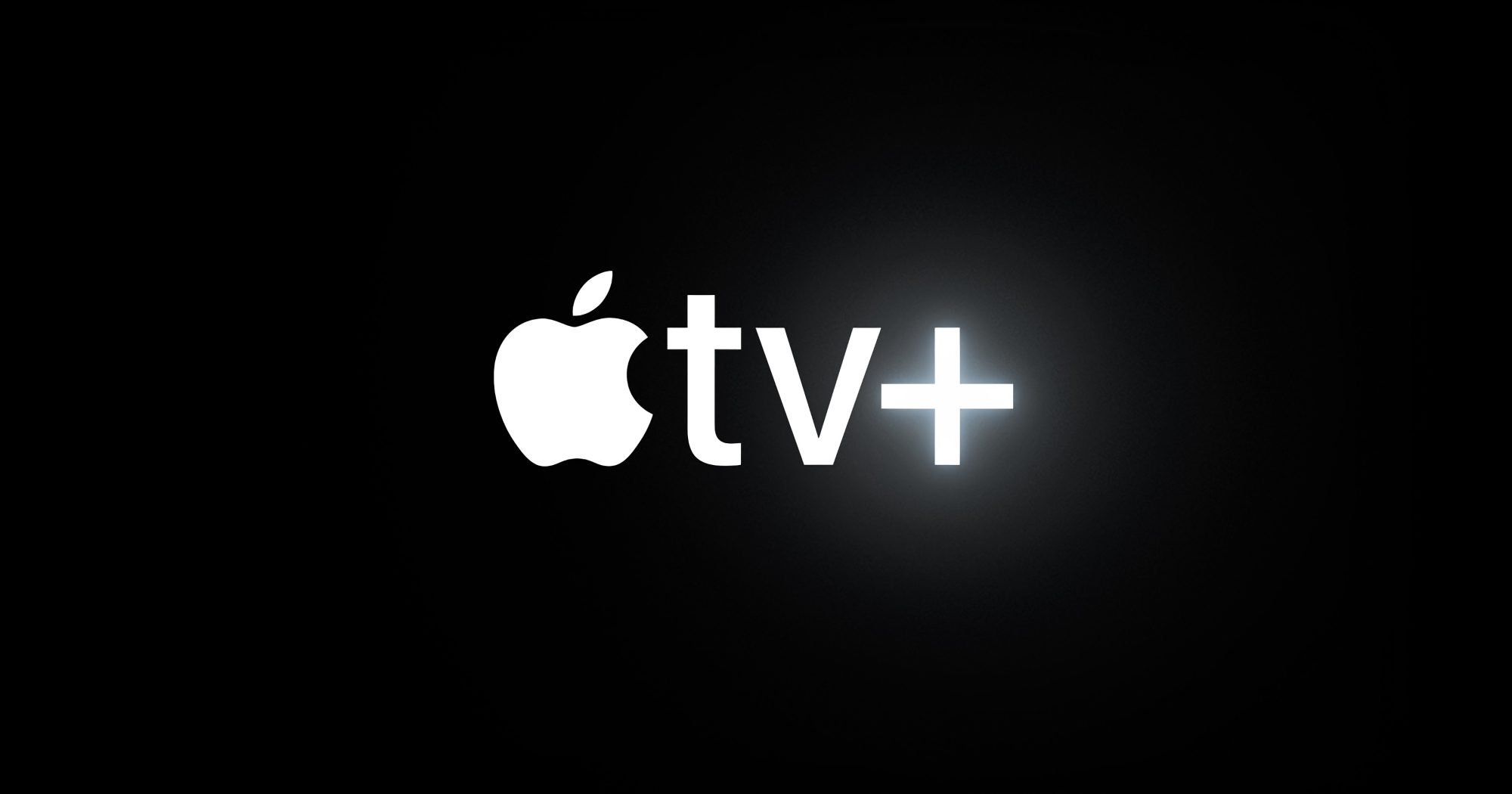
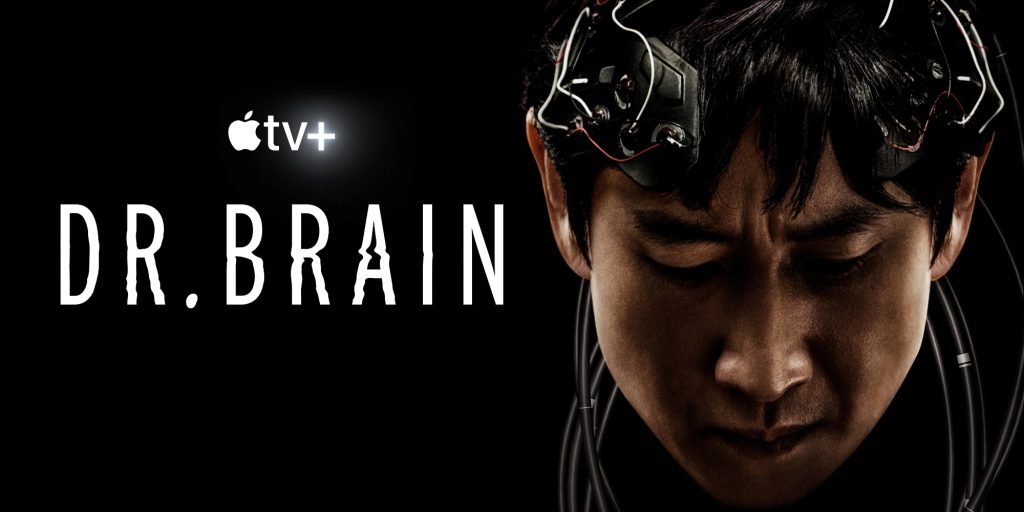







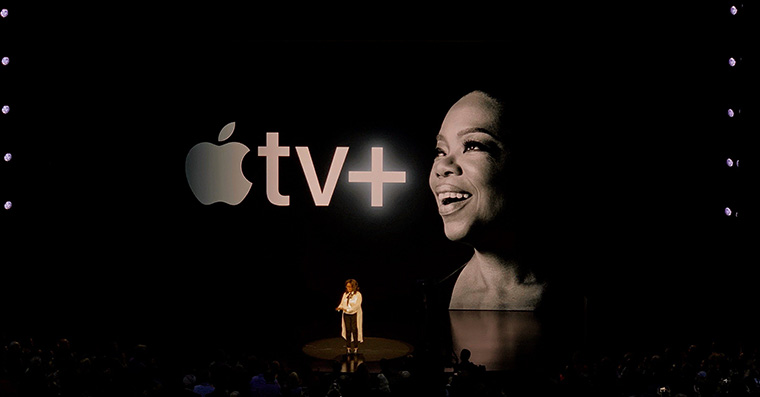

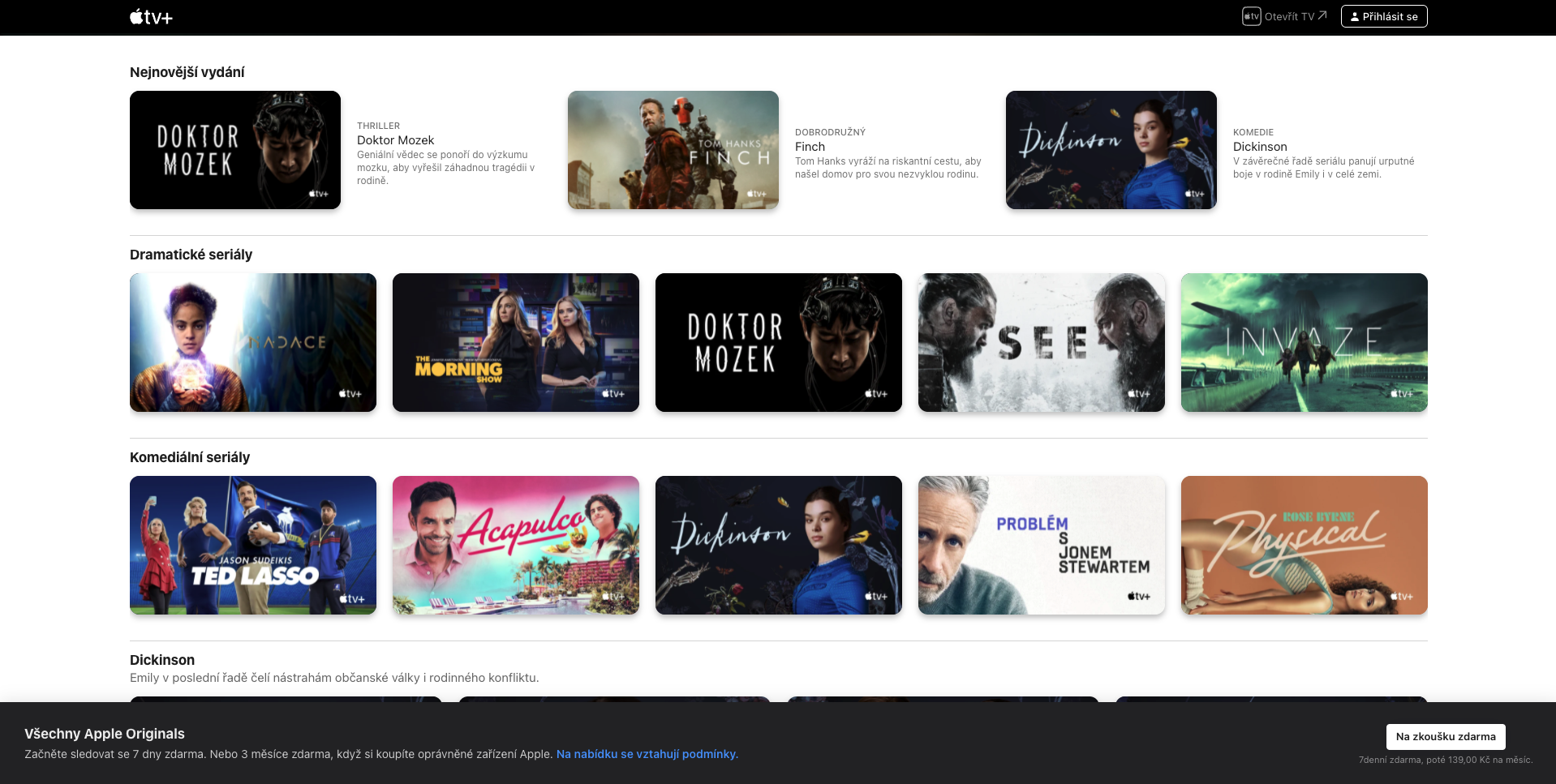

Hello, I have ATV 4K mainly because of the 1GB port, because even though I have a SONY android TV, the 100MB port is sometimes just not enough (e.g. 100GB 4K mkv), and I sometimes play some of that game (with NIMBUS)
Adam, we, the users of projectors, which usually do not have smart TV functions, would be worth mentioning. For us, AppleTV is still a very well-functioning solution :-)
We have an Apple TV 4k and we can't let it go.
It has a fast system, simple controls, an iPhone/iPad keyboard (but I also use dictation a lot).
I think that the connection has also become simpler, because I have the Apple TV connected to the amplifier and another cable leads from it to the TV.
Another great thing is that, in addition to the sound to the amplifier, I can also play the sound to the HomePod around the house, so when we only listen to music, the TV is turned off and only the Apple TV and the amplifier are on, and we need synchronized music in the living room and kitchen.
I would ask the opposite - what is the advantage of using the "smart" face from the TV?
I personally see only disadvantages there. If I need music from Apple Music, I'd probably have to play it there via AirPlay, which drains the battery quite a bit when listening for many hours. It is completely unnecessary to run the TV when we only need the sound (I don't know if every TV can turn off the picture).
In addition, TV and Apple TV may have a different conversion frequency.
Apple TV is a staple for me at home and at the cottage. I use it all the time. For one thing, there is not so much smart TV at the cottage. Although I have a smart TV at home, control via ATV is the best. The controller turns the Apple TV and television on and off at the same time. I note that I do not watch TV broadcasts….